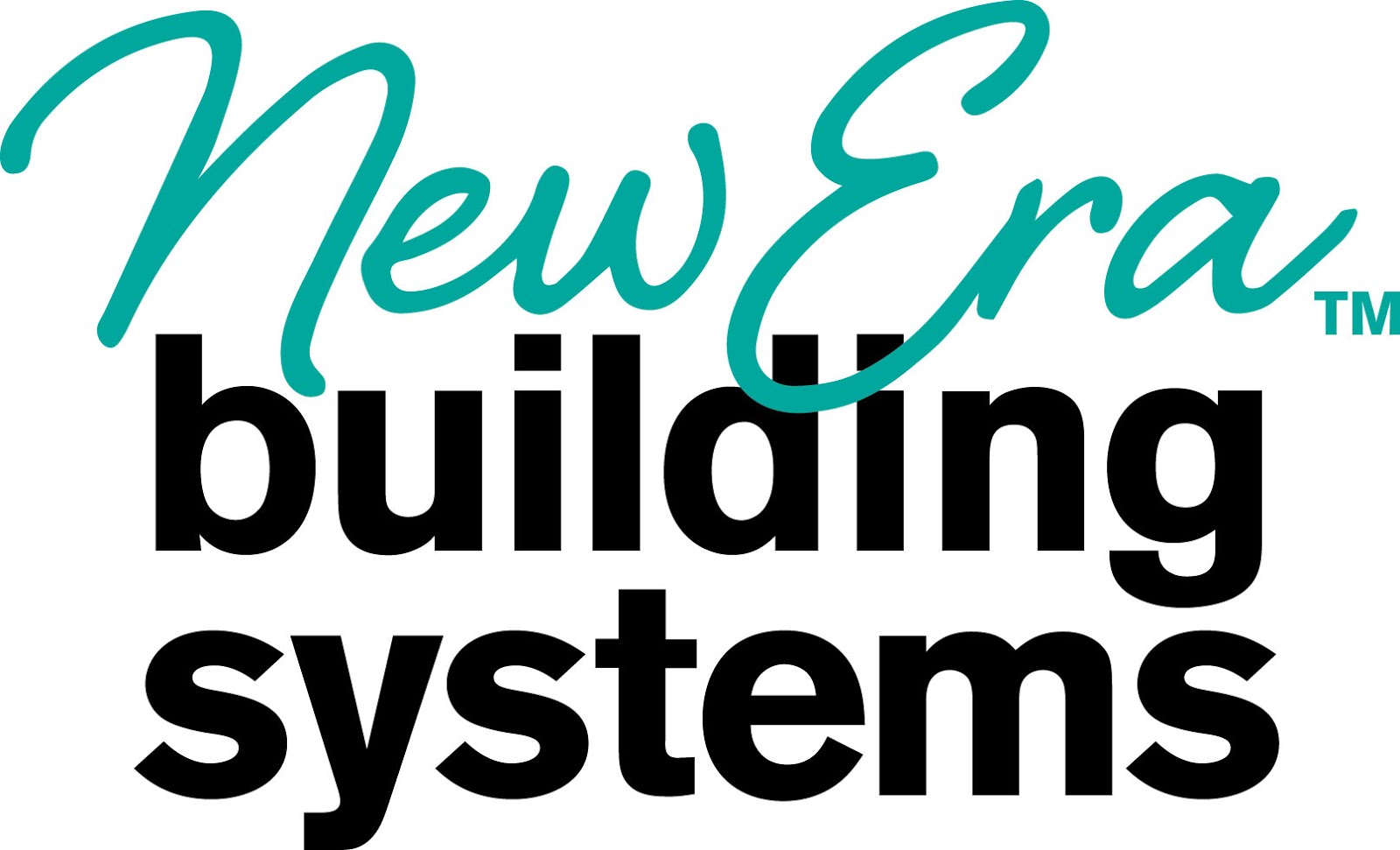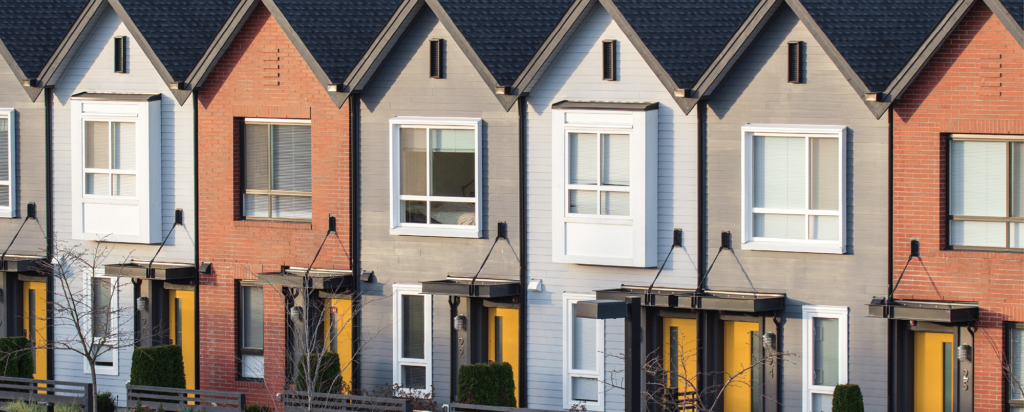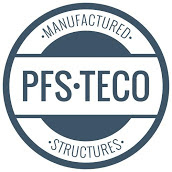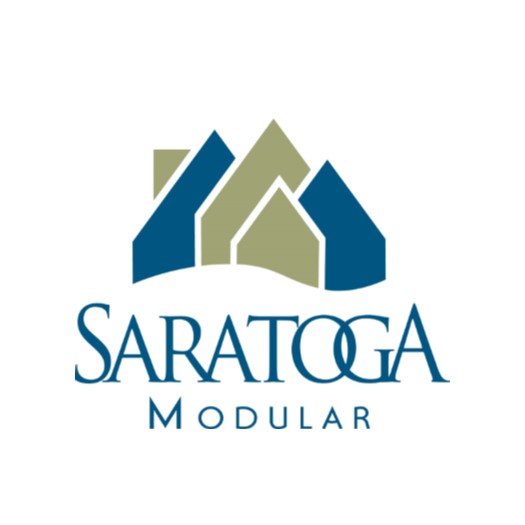I’ve spent decades writing about housing, construction, offsite manufacturing, and the rise and fall of companies that tried to solve America’s affordability crisis. But in all those years, I’ve never felt the urgency I feel right now. Something fundamental has shifted.
And it’s not just one thing.
It’s not just wages.
It’s not just zoning.
It’s not just NIMBYism.
It’s not just lumber prices or labor shortages or interest rates.
It’s all of it — converging at the same time, squeezing our ability to produce affordable housing until almost nothing is left except the memories of what used to be.
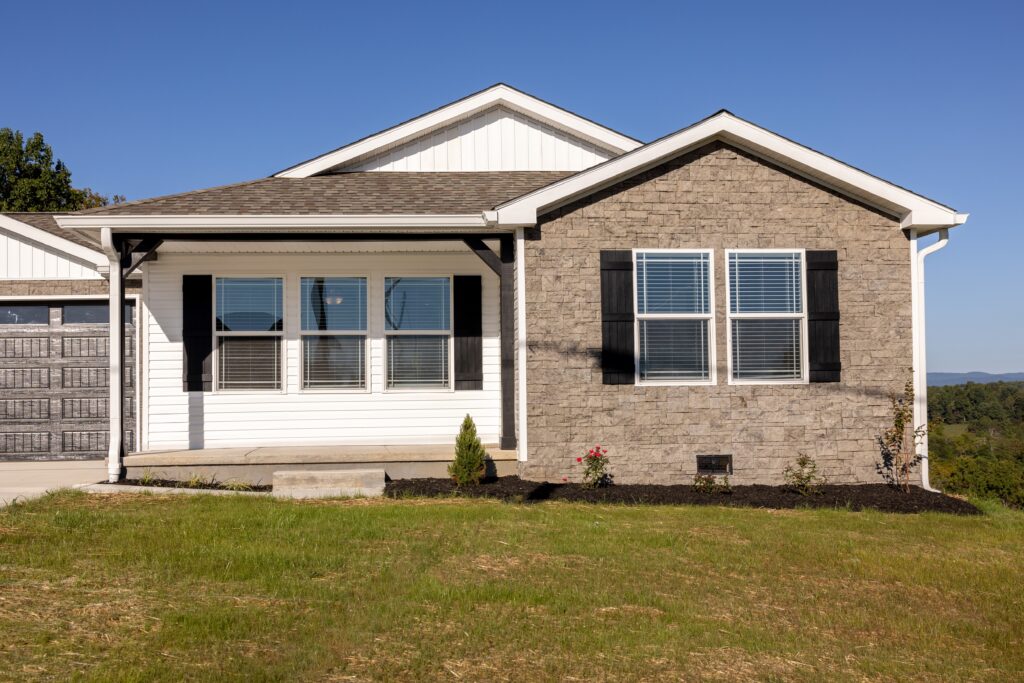
I’ve often wondered what truly started this shortage. Was it a rising population outpacing the nation’s construction capacity? Was it wage stagnation paired with the skyrocketing cost of land? Was it zoning restrictions so outdated they might as well be written on stone tablets? Or was it a shift in cultural mindset — the growing NIMBY attitude that wants housing solutions for everyone… as long as they’re built somewhere else?
The uncomfortable truth is that every one of those factors played a part. But none of them explain how we got here fast enough. Something else is tightening the vise on America’s ability to build.
Let me walk you into what I believe is the real story — one most people don’t want to look at too closely.
The Death of the Starter Home
Small construction companies used to survive — and often thrive — on starter homes.
The humble, simple, no-frills first house a young couple could actually afford.
Those homes don’t exist anymore.
Not in any meaningful way.
Why? Because the economics no longer work.
Land is too expensive.
Permits take too long.
Codes require too much.
Labor is too scarce.
Material prices won’t stabilize.
Financing is a gauntlet for buyers and builders.
And regulations add layers of cost that turn a $180,000 starter home into a $350,000 “entry-level” home before the first shovel hits dirt.
So small builders did what they had to do — they shifted into custom homes, additions, remodeling, and small commercial work. They adapted because they had no choice.
But when small builders leave the affordable housing market, it doesn’t shrink.
It disappears.
They were the backbone of the starter-home economy. When they left, no one stepped in to replace them. And we’ve been paying the price ever since.
Does Affordable Housing Only Exist With Government Assistance?
This is another tough question that the industry, municipalities, and even the public tiptoe around. But let’s say it plainly:
In too many places, the only housing that qualifies as “affordable” is subsidized housing.
Programs like LIHTC, HOME funds, and local grants prop up a system that cannot stand on its own. Without government assistance, many projects simply wouldn’t be feasible — not because developers lack the desire, but because the economics don’t add up.
We’ve reached a point where “affordable housing” and “subsidized housing” are often the same thing. That should terrify anyone paying attention.
Because if affordability requires subsidy, then by definition affordability has already been lost.
We aren’t solving the problem — we’re managing the symptoms.
And that is not a sustainable model for a nation of 330 million people.
Will We Ever See True Affordable Housing Again?
I want to say yes.
I really do.
But if we continue building the way we’ve built for the last 50 years, the answer is no.
You simply cannot build affordable housing with slow, site-built processes that depend on expensive land, scarce skilled labor, unpredictable weather, complex zoning reviews, long approval cycles, and financing rules designed for a different era.
The math doesn’t work.
The timeline doesn’t work.
The industry workforce doesn’t exist.
And the system — from zoning to state codes to financing — isn’t designed to support it.
So unless we’re willing to rethink how we build, we’re going to keep having the same conversation, only with higher stakes and higher rents.
This is where the urgency comes in — because we do have alternatives. They just aren’t being adopted fast enough.
Is Factory-Built Housing Our Only Hope?
When I look across the country, one thing gives me hope: factories.
Modular factories.
Manufactured housing plants.
Panelized component shops.
3D-printing labs.
Micro-factories.
Robotics-driven wall panel lines.
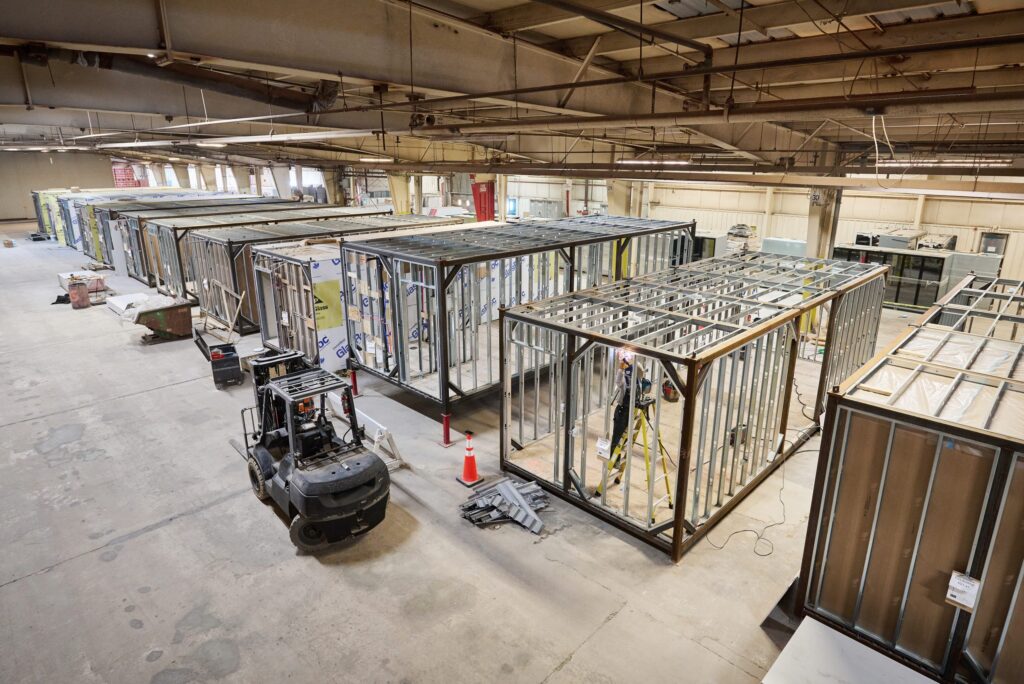
Everything that pulls construction away from the unpredictable job site and into a controlled, optimized, repeatable environment.
We talk about “innovation” like it’s a buzzword, but the simple truth is this:
You cannot build enough affordable housing in America without industrialized construction.
Period.
Factory-built housing solves every major pressure point:
It uses less labor — and uses it more efficiently.
It reduces timelines from months to weeks.
It reduces waste by up to 80%.
It stabilizes costs, protects quality, and shrinks change orders.
It minimizes weather delays and eliminates the chaos of juggling 20 subcontractors.
It allows training programs to produce skilled workers faster, and with far less turnover.
And maybe most importantly:
Factory-built housing is the only method with the scalability required to meet demand.
When demand rises, a site-builder adds a crew.
When demand rises, a factory adds a shift.
We’ve been pretending those two worlds operate at the same speed. They don’t.
Factories scale like manufacturing.
Site builders scale like small businesses.
Only one of them can meet the level of production the nation needs.
The Elephant in the Room: Resistance to Change
If the solution is so clear, why aren’t we building more homes in factories?
Because our industry — and our government — are still trapped in the mindset of the 1970s.
Banks don’t understand modular.
Appraisers don’t know how to value it.
Inspectors struggle to regulate it.
Cities resist density.
Neighbors resist anything new.
Builders resist shifting business models.
Developers fear the unknown more than the unaffordable.
But we’re out of time.
The affordability crisis isn’t coming — it’s here.
And it’s going to get worse before it gets better.
If we don’t make a dramatic shift toward industrialized construction in the next decade, we won’t just lose affordable housing — we’ll lose the next generation of homeowners.
Where Do We Go From Here?
We need bold policy.
We need modern zoning.
We need financing reform.
We need public education.
We need factories in cities that never imagined they needed one.
We need workforce training programs that produce skilled workers and entrepreneurs.
We need developers to embrace modular, manufactured, panelized, and 3D printed solutions as mainstream — not alternative.
And we need leadership willing to say out loud what too many whisper:
Without factory-built housing, we cannot fix this.
That’s not theory.
That’s math.
That’s demographics.
That’s economics.
That’s reality.
We can either argue about it for another decade — or start building our way out of it.
I know where I stand.
And if you’re reading this, I have a feeling you do too.
.
With over 9,000 published articles on modular and offsite construction, Gary Fleisher remains one of the most trusted voices in the industry.
.
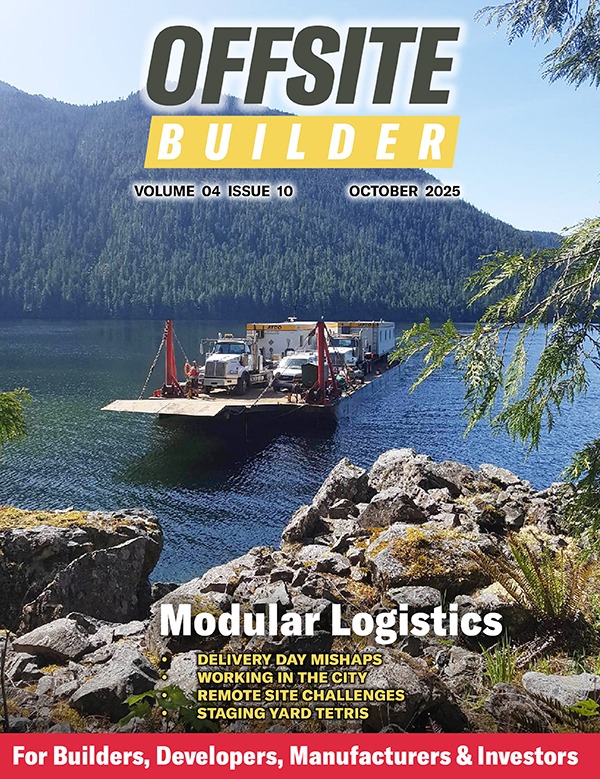
CLICK HERE to read the latest edition

Contact Gary Fleisher



